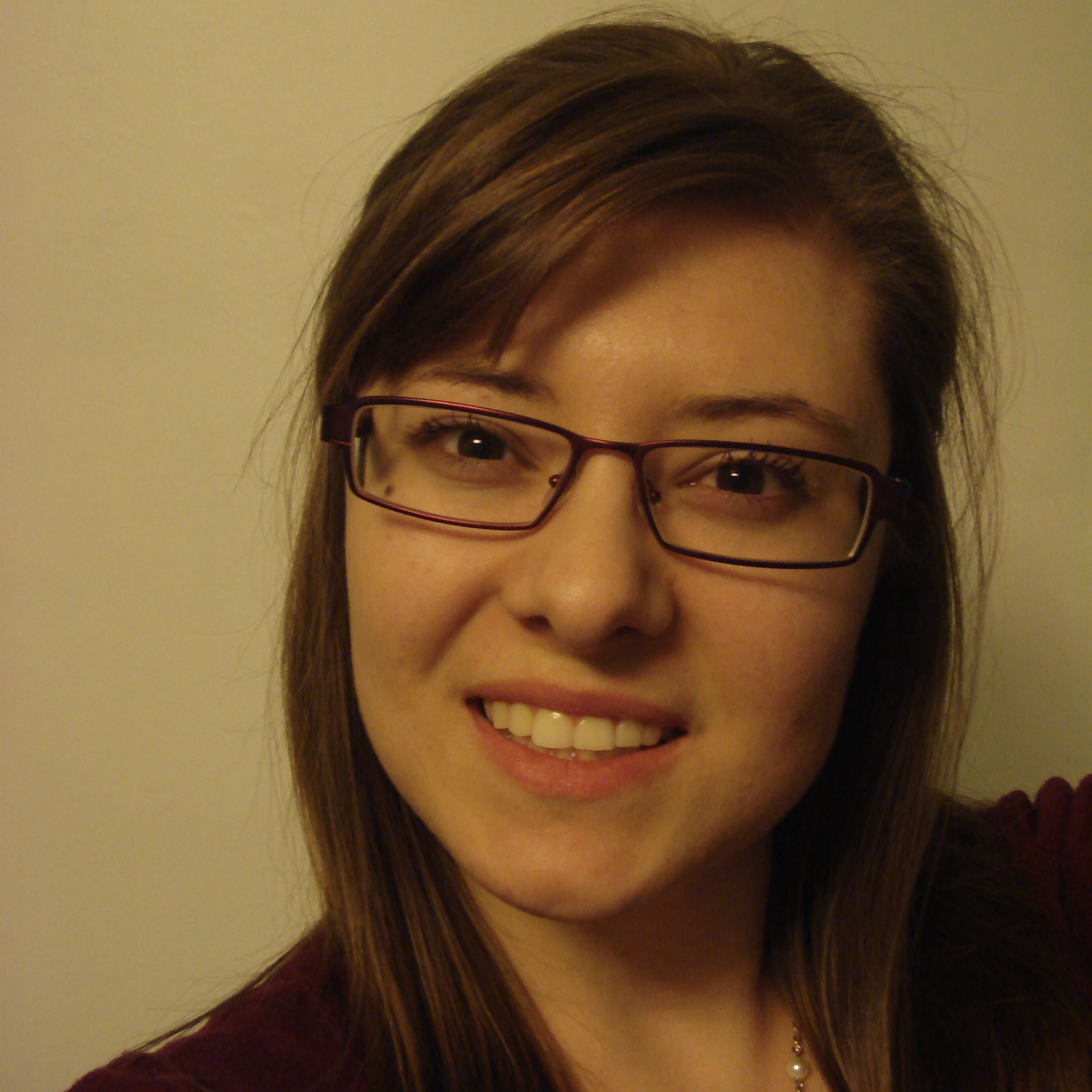Free Access to Education
/Going into university, I had a clear idea of what I wanted to study and the job I hoped to have upon finishing—major in English Literature, followed by Teacher Education, and a permanent job teaching high school English. There was space in my first year schedule for a lot of electives, so I studied Linguistics, Psychology, Religious Studies and even Mathematics, along with my English courses. I ended up with a minor in Psychology but I completed enough courses in Math to qualify for a teachable. University was my first opportunity to explore fields of study other than those offered in the high school curriculum, and I am still surprised by some of the courses I ended up enjoying.
A few years ago, iTunes introduced a new category of content that made it easy to explore education-based content, at an ideal price—free. Some universities and colleges now use iTunes U as a platform to post course content, including lectures and podcasts. In university, I would search the site for audio versions of novels I was studying. I would listen to them on the bus because the 45 minute trip to school was valuable time that couldn't be wasted when I had to read a new novel each week.
This free access to educational material has started an interesting trend that could potentially have a huge impact on both the education system and the work force. By posting lectures and educational videos, schools are essentially giving everybody the opportunity to study at prestigious schools, like Harvard, and explore subjects that interest them at the post-secondary level.
The Nerdwriter , a vlogger and writer, discusses pacing in stories and life, as a way of introducing his audience to iTunes U.
As a teacher, I support the effort to make information widely available, and I like that it encourages people of all ages to explore subjects that interest them. However, I wonder what place these courses, and others that will be developed in the future, might eventually come to have in our professional lives.
Traditionally, an education from schools like Harvard suggest a certain level of intelligence or prestige. One day, will we be considered for promotions because we downloaded lectures from sources like iTunes U, and completed a course or program? Further, will we be able to list these courses under headings like "Additional Qualifications" on our resume?
Even in a university setting, some students will attend all lectures, listen attentively and complete all assignments, and they will still not pass the course. If education is going to shift in this new direction, we will need to find some way of evaluating how much people are actually learning.
Allison Godin
is a student, teacher, and life-long learner. She currently teaches high school with the Ottawa Catholic School Board. Allison studied English Literature and Education at the University of Ottawa. If she won the lottery she would spend her time tutoring and volunteering in a second-hand bookstore.










